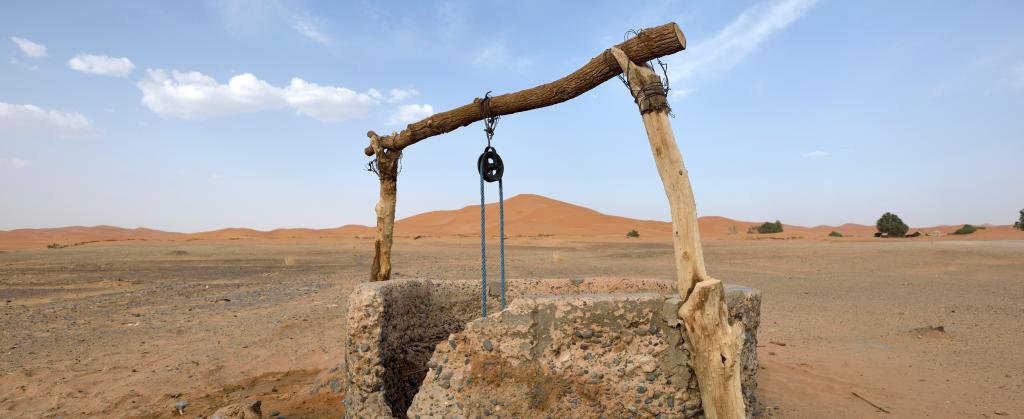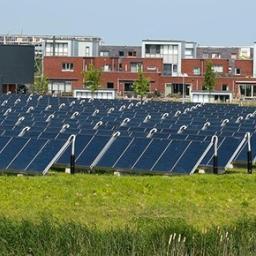Security dimensions of climate change adaptation
The potential impacts of climate change on various security dimensions are multifaceted. These potentially wide-spread risks have increased political concern along with scientific and security interests the last decade. The specific link between climate adaptation and security has not received much attention yet, neither in science nor in international law. The last chapter of the Research Handbook on Climate Change Adaptation Law discusses this link between climate adaptation with security and international law.

The potential security risks of climate change
Although the exact magnitudes of climate-security relations are debated and future uncertainties are high, academic agreement exists that climate change impacts can contribute to conflict risk in regions with low socio-economic development, high dependency on the natural environment, limited governance and adaptation capacities. Climate change impacts are already influencing international relations, but the potential future security implications are so far merely speculation. Nonetheless, climate change impacts can change trade relations and reduce or increase the strategic and economic value of territory, maritime areas, and transboundary rivers, changing existing power relations.
Developing global governance
In recent years, international efforts and alliances have matured as governments and international organisations have started to mainstream the security risks that may come with climate change. What is being mainstreamed is the notion of the linkage between climate change, adaptation and security matters on different levels, although translating these notions into practice is still limited. Importantly, access to adaptation funding is a major barrier to mainstreaming adaptation security practices.
Climate change adaptation and security
Efforts to adapt to climate change come with its own security challenges, since power balances can shift, creating or reinforcing tensions within and between countries. Since conflict risk and climate vulnerability often overlap, what requires cooperation between climate and security communities. This chapter shows that the dynamics between climate adaptation and security are increasingly acknowledged by intergovernmental and military organisations, also in some National Adaptation Plans of Action (NAPAs). But there are currently no designated international legal governance mechanisms that address the risks that can come with climate adaptation, although some agreements contain useful elements. With climate change adaptation practices becoming more important, these governance mechanisms need to be developed in the future.
Authors
Specifications
- Publication title
- Security dimensions of climate change adaptation
- Publication date
- 24 June 2022
- Publication type
- Report
- Publication language
- English
- Product number
- 4667




